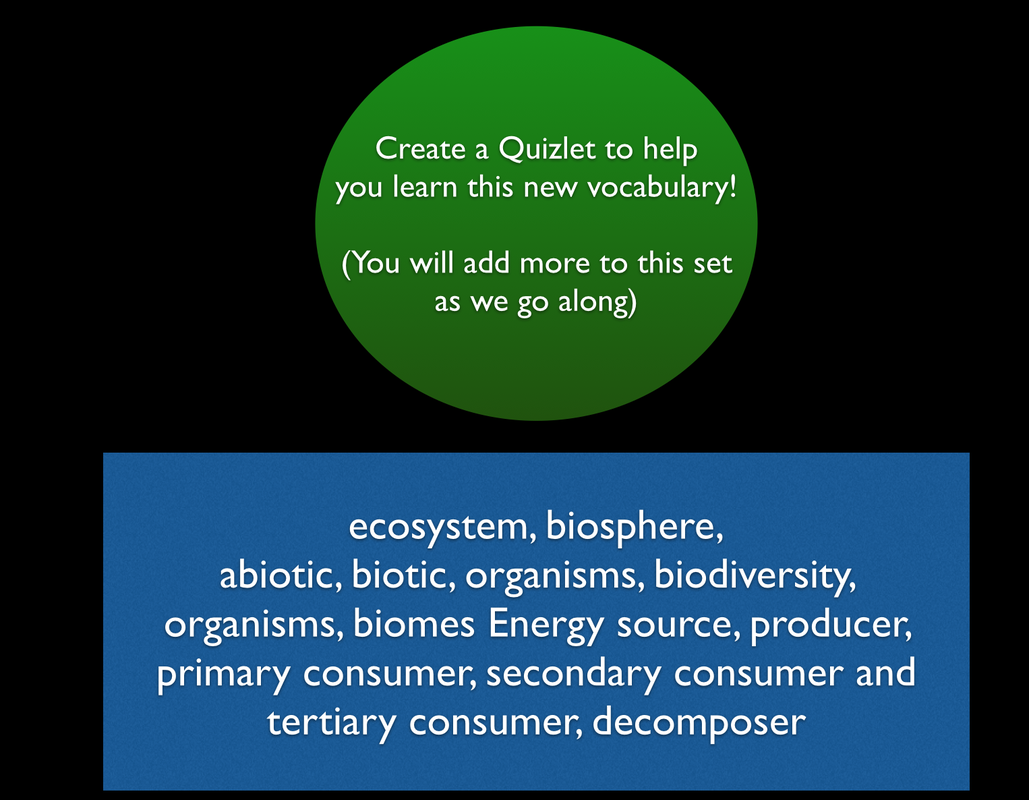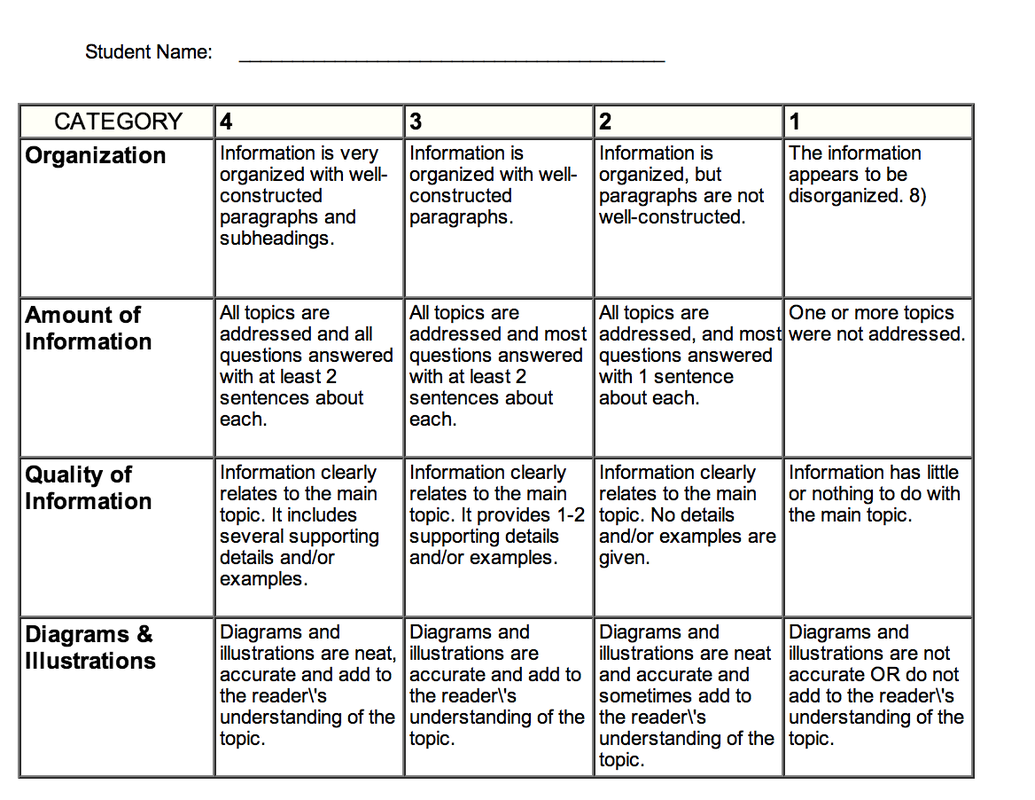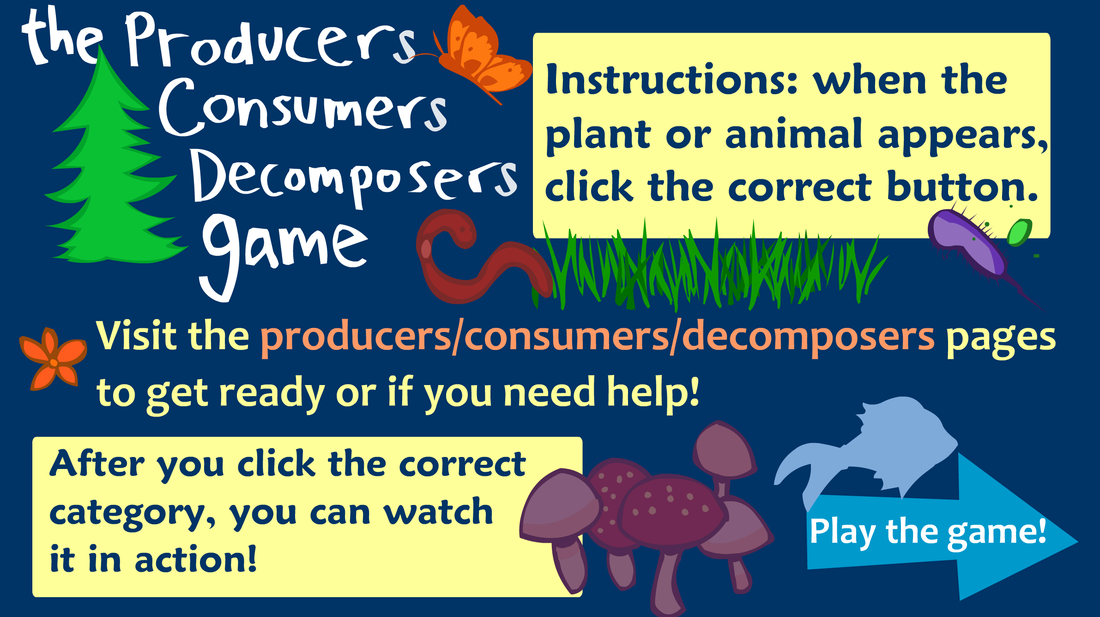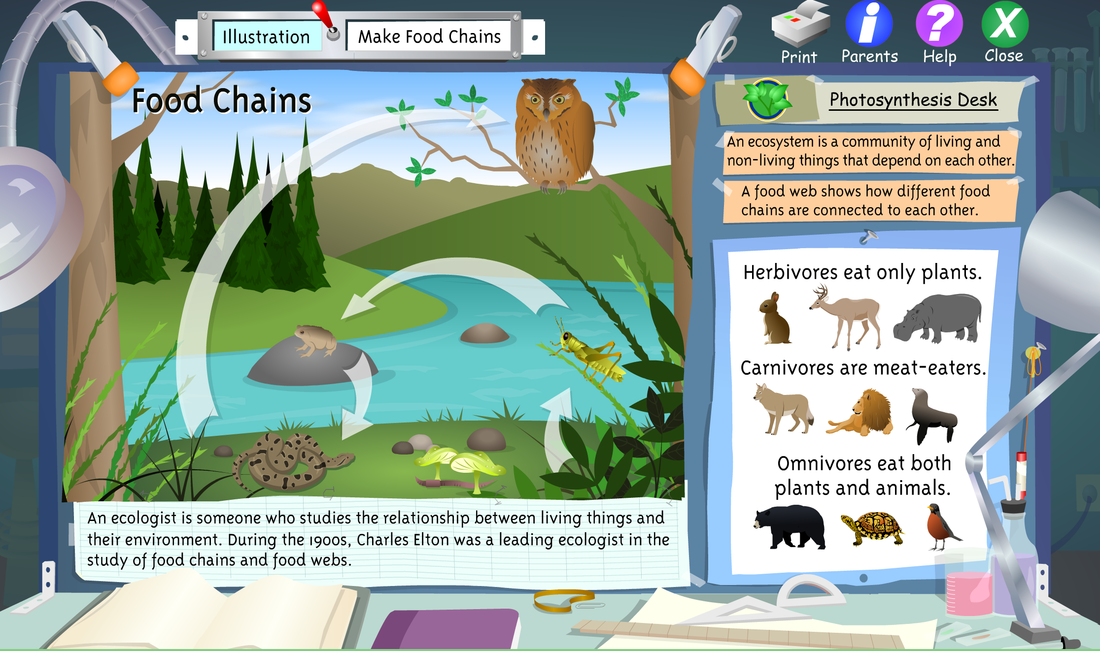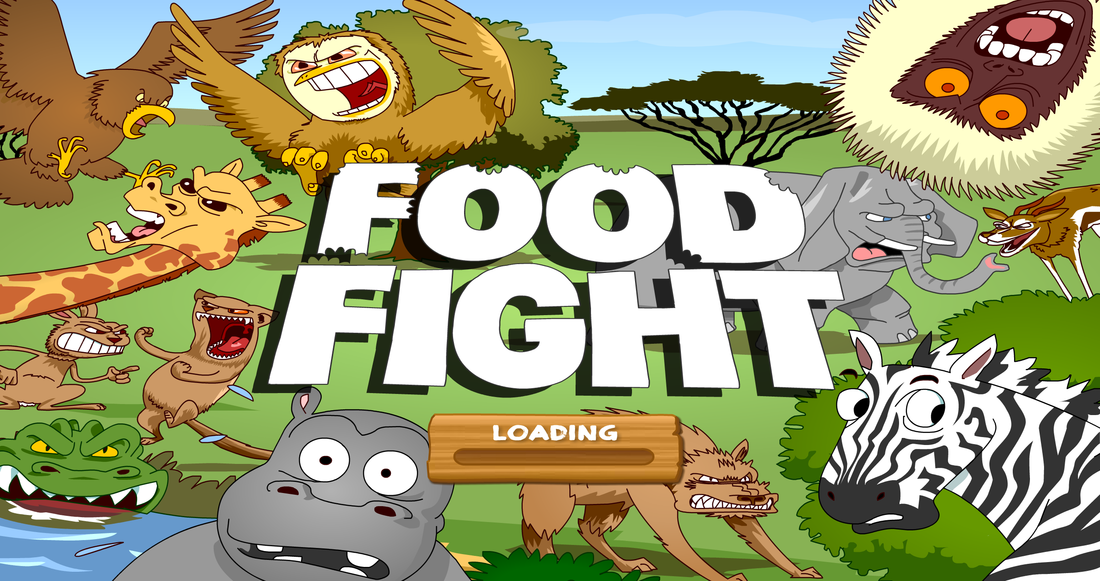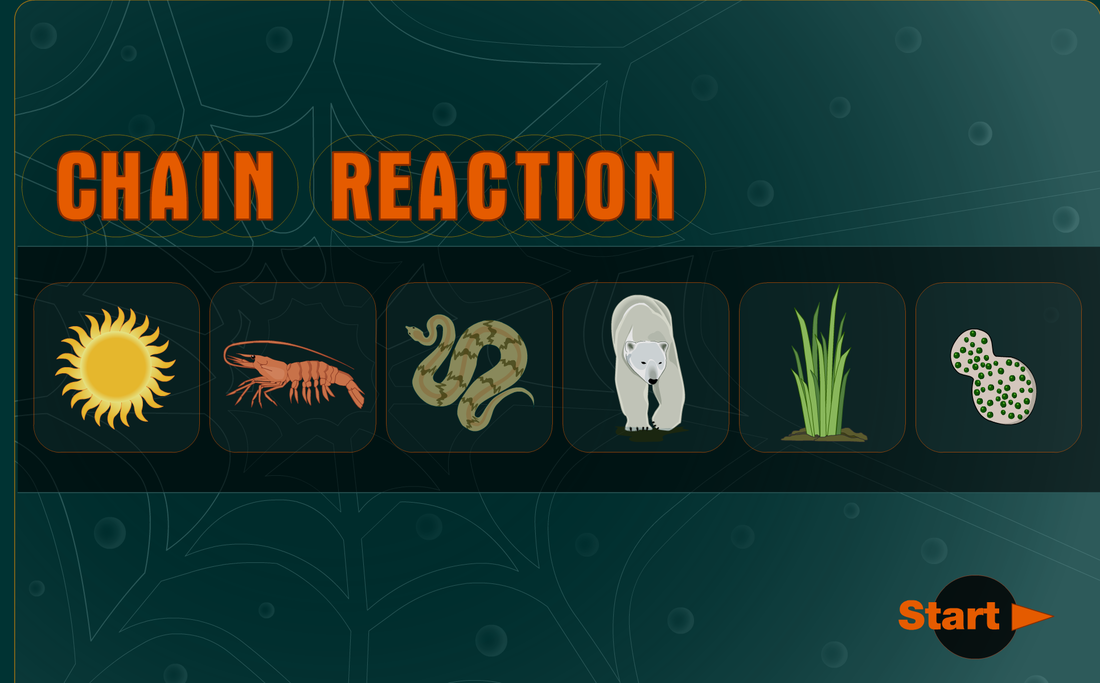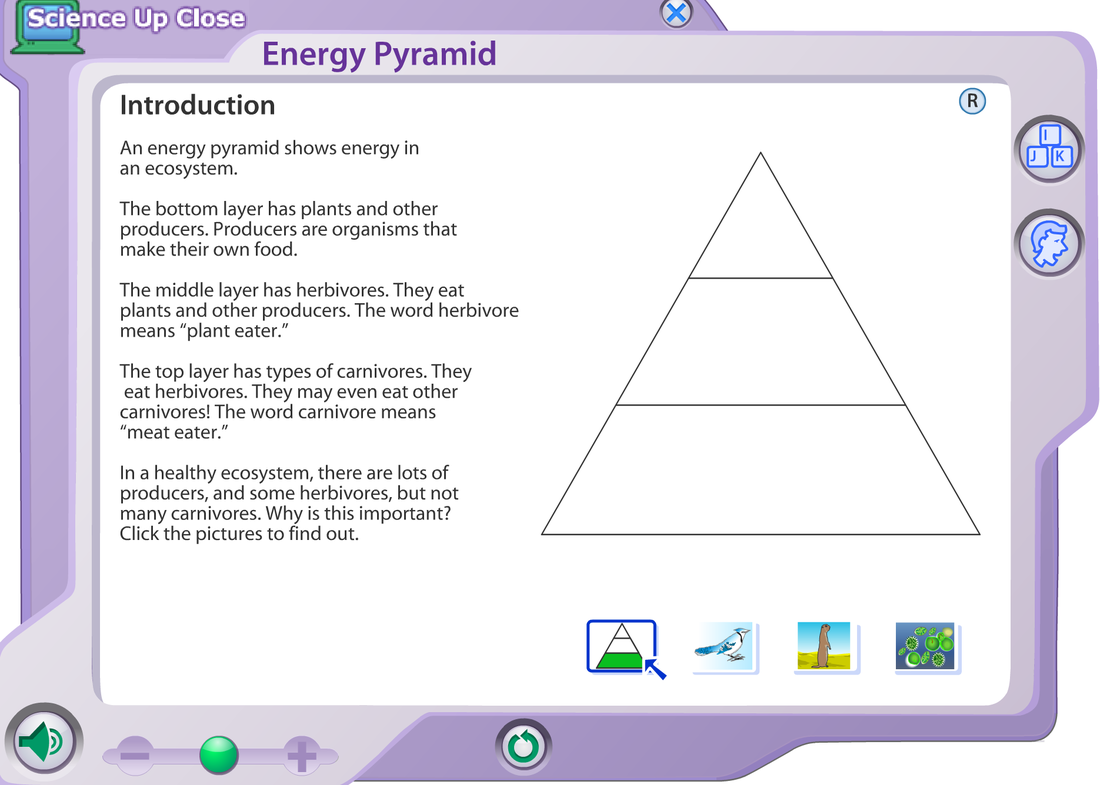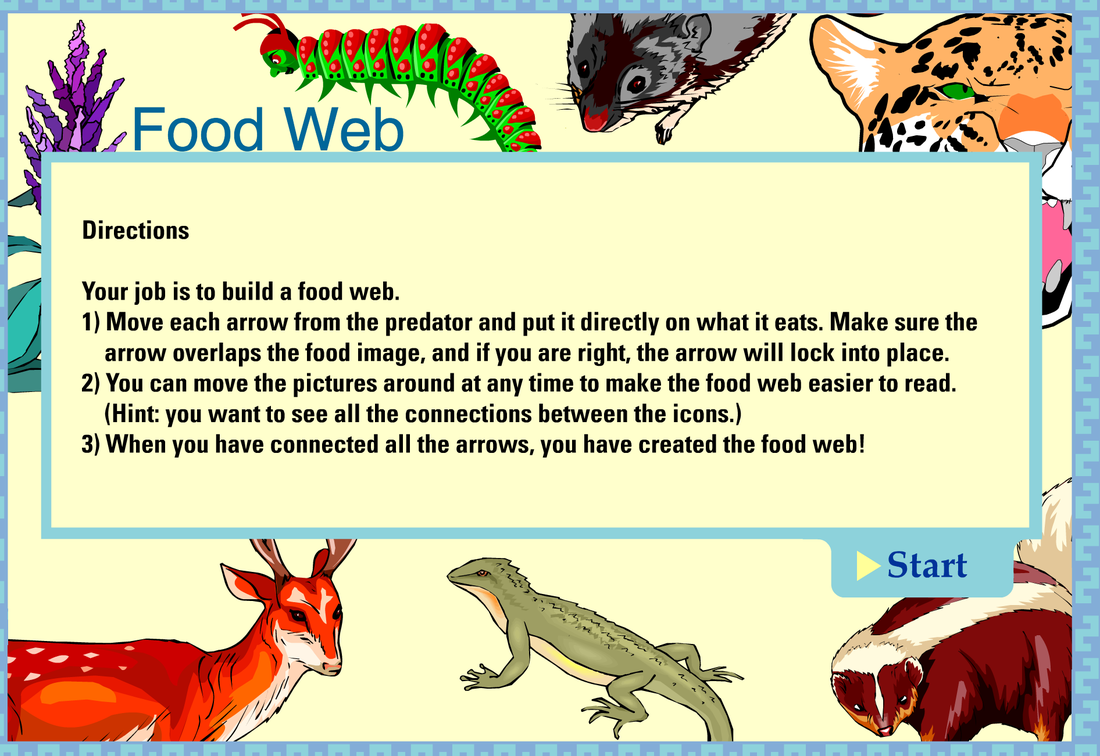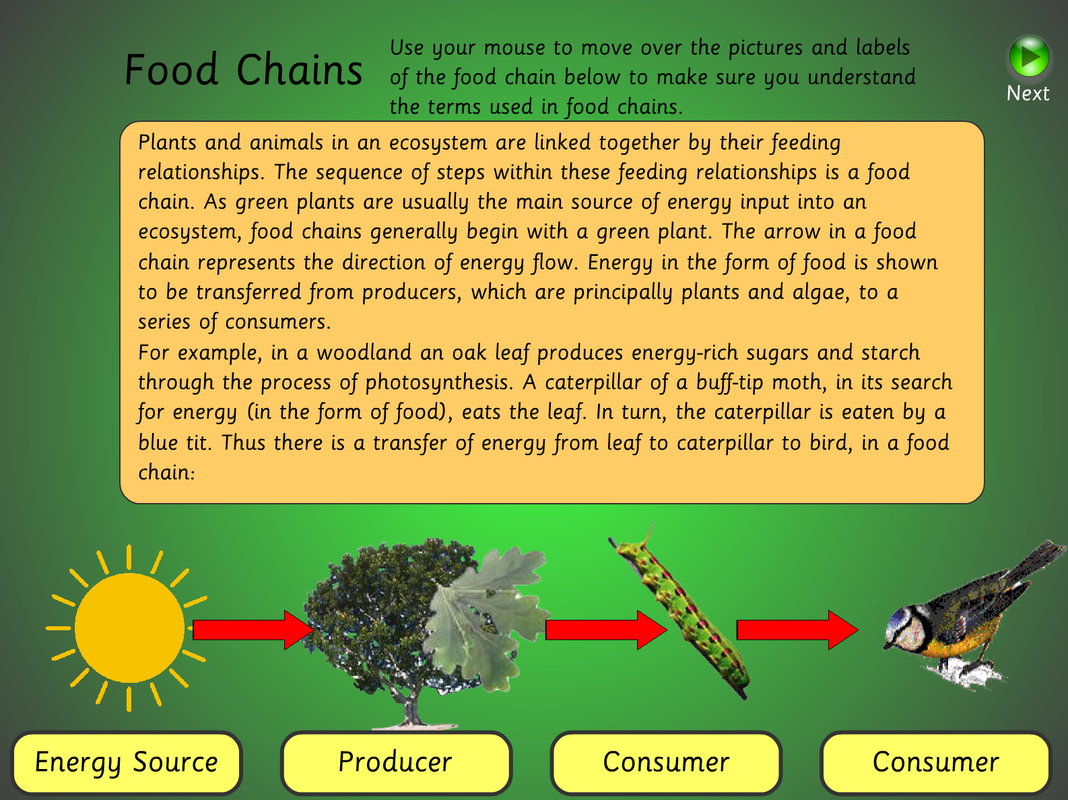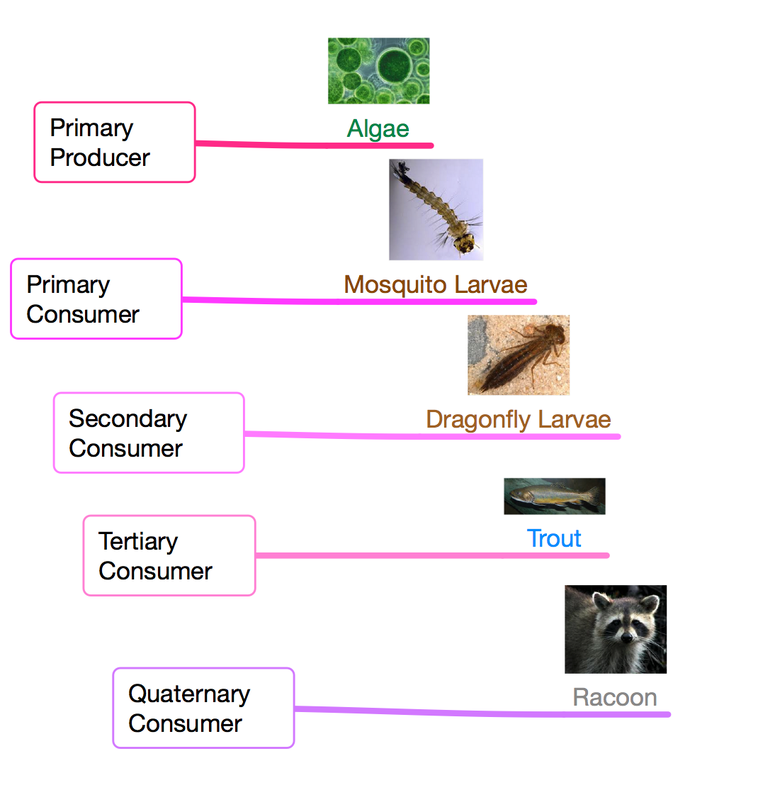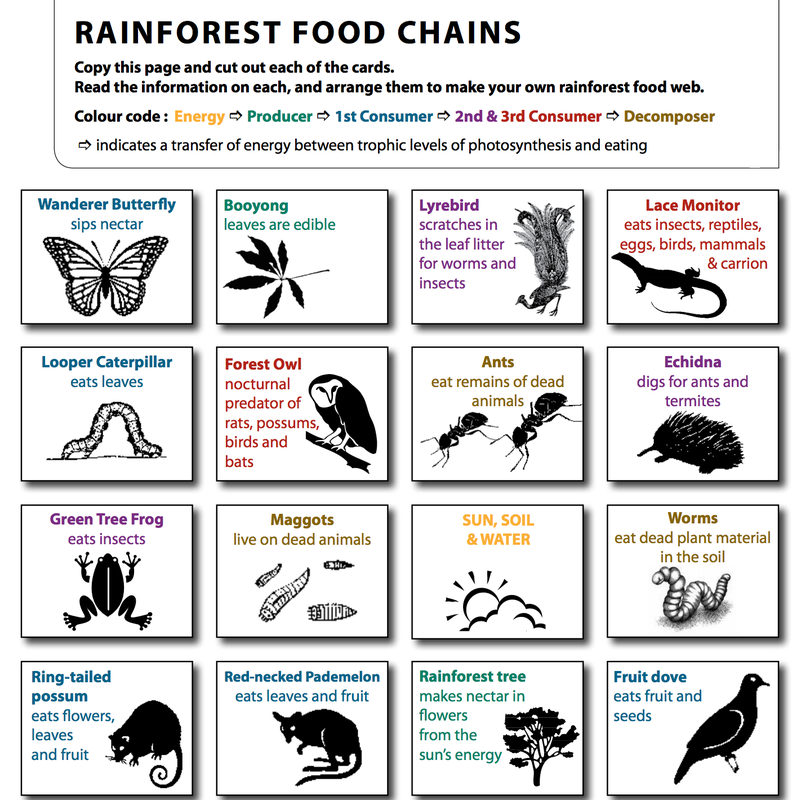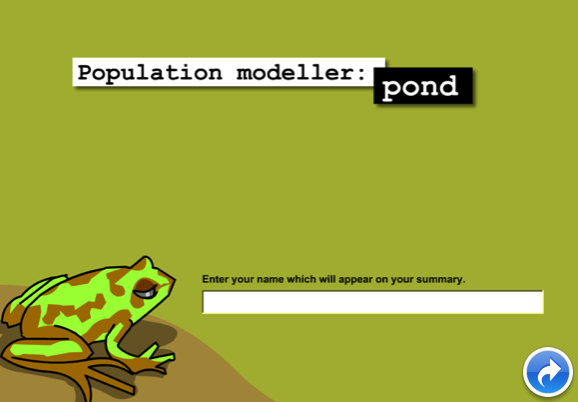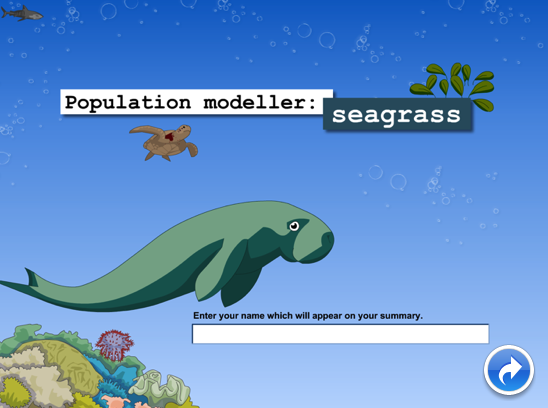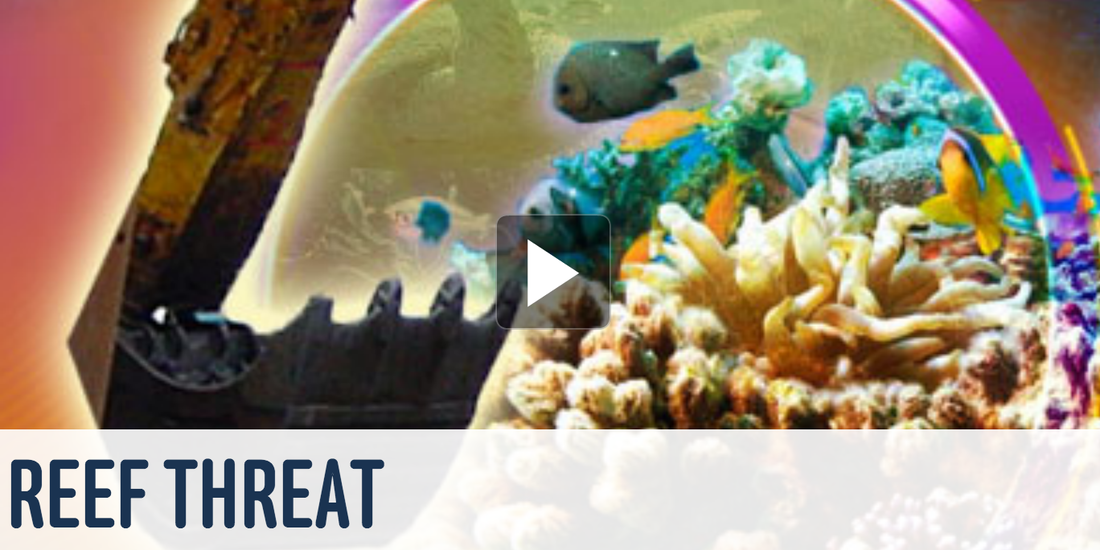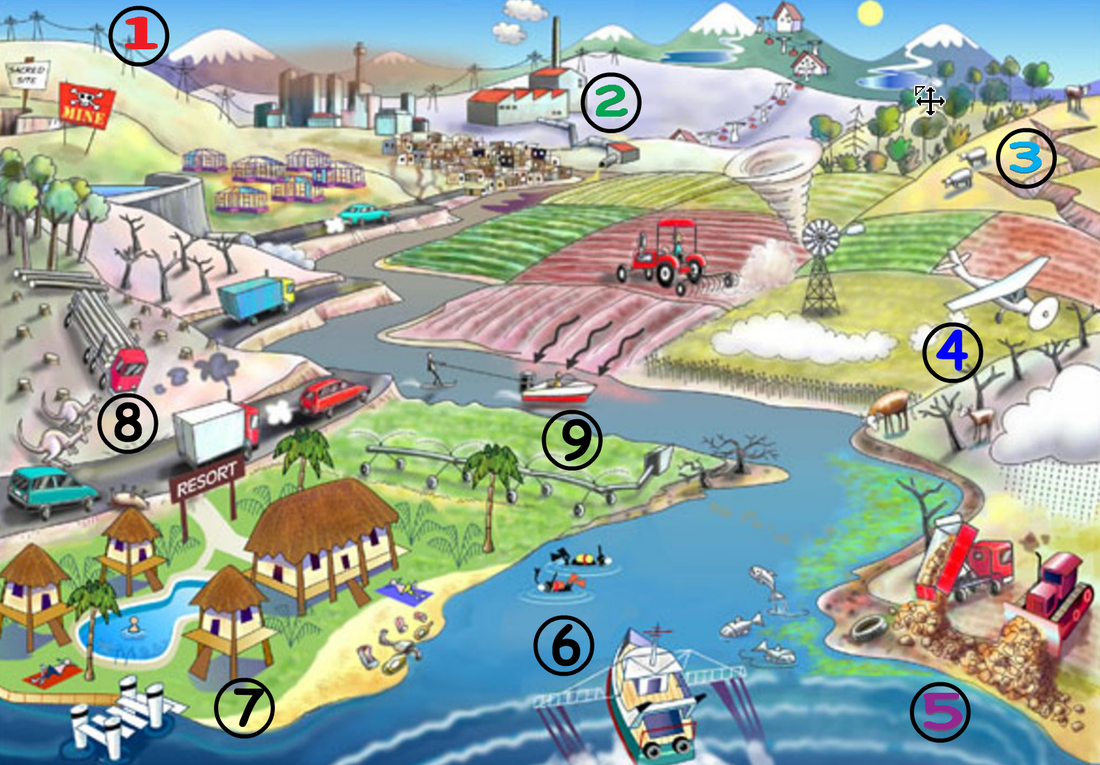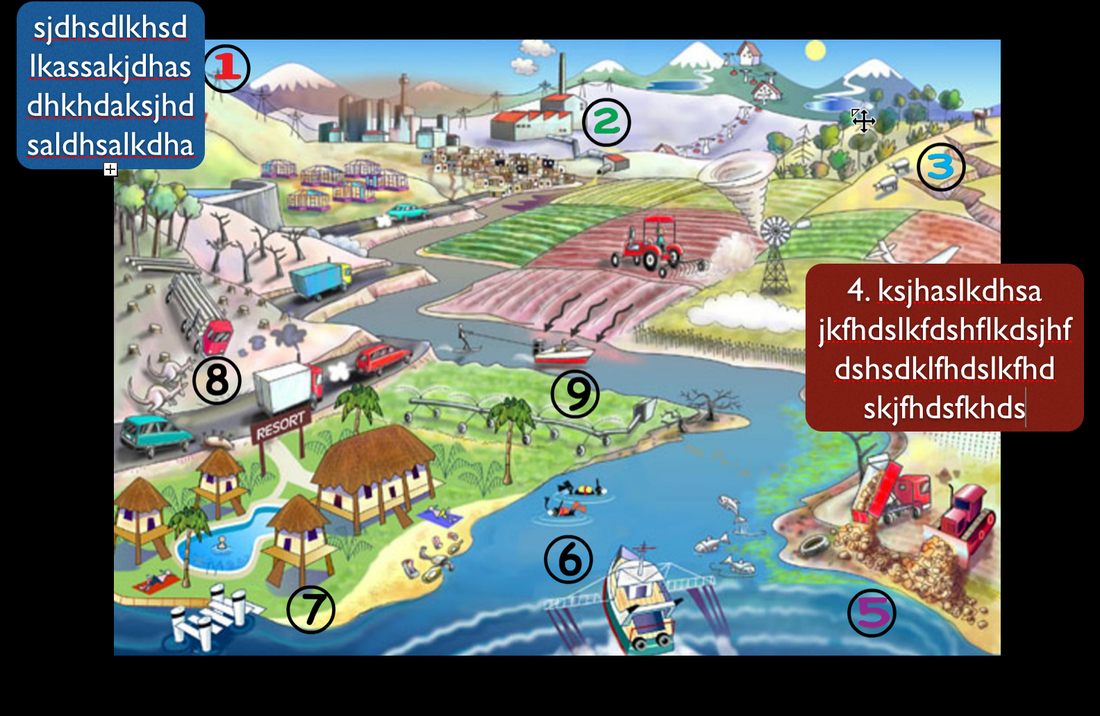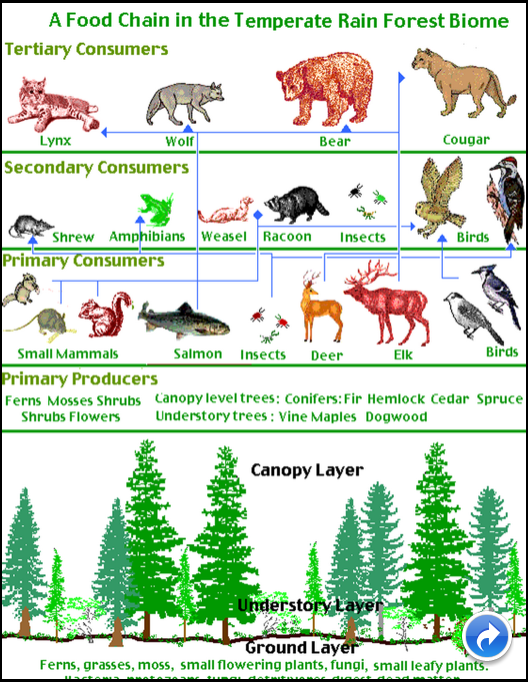|
|
|
Year 5: Living things have structural features and adaptations that help them to survive in their environment (ACSSU043)
Year 6: The growth and survival of living things are affected by physical conditions of their environment(ACSSU094)
Task 1:
Final Project (previously Task 2)
Characteristics of Living Things
Goal/Objectives:
All living things share certain characteristics. In this activity you will investigate how one particular animal displays these characteristics and how these characteristics help that animal to survive in its environment.
Introduction:
All living things share the following characteristics. Living things can:
1. Move
2. Metabolize (including eating, digesting, and excreting)
3. Grow and develop
4. Respond to the environment
5. Reproduce
6. Adapt to the environment
The special way that each organism exhibits these characteristics makes it suitable for a specific environment. Organisms can survive only in certain environments because of their particular characteristics.
Task:
Pick an organism that interests you. Research, using the Internet how that animal shows the 6 characteristics listed and how these characteristics help this animal to survive in its environment. You may choose how to present your information.
All living things share certain characteristics. In this activity you will investigate how one particular animal displays these characteristics and how these characteristics help that animal to survive in its environment.
Introduction:
All living things share the following characteristics. Living things can:
1. Move
2. Metabolize (including eating, digesting, and excreting)
3. Grow and develop
4. Respond to the environment
5. Reproduce
6. Adapt to the environment
The special way that each organism exhibits these characteristics makes it suitable for a specific environment. Organisms can survive only in certain environments because of their particular characteristics.
Task:
Pick an organism that interests you. Research, using the Internet how that animal shows the 6 characteristics listed and how these characteristics help this animal to survive in its environment. You may choose how to present your information.
Process:
Answer as many of the following questions as possible while doing your research, and then incorporate them into your report. (Note: Each of the topics must be included, at least briefly, in your report.) Feel free to include other things under each topic that may not be mentioned.
*You may choose how you present your report. Some suggestions are Weebly, Keynote, Pages, IBook Author. If you have any other suggestions please share them!
1. Move – How fast does this organism move? Does it tend to move for short periods of time or long periods of time? When is this organism the most active? Does this organism migrate?
2. Metabolize – What does this organism eat? How much does this organism need to eat? How often does this organism eat? How does this organism’s digestion work? How does this organism excrete waste?
3. Grow and develop – How long does it take this organism to reach maturity? How long does this organism usually live? Who takes care of the offspring? How do the offspring learn? Does this organism undergo any metamorphosis?
4. Respond to the environment – What does this organism do when faced with danger? Does this organism have a territory? How is this territory marked and protected? How does this organism protect its young? How does this organism get along with others of its kind?
5. Reproduce – How long does it take this organism to reproduce? How many offspring are born at once?
6. Adaptations – How do the characteristics that this organism displays help it to adapt and survive in its environment? Does this organism have special features to help it survive?
7. Extinction – What things could happen to this organism to cause its extinction? Does this organism have special needs that may not be met in the future? Could this organism be moved to another location to help it from becoming extinct? What things would need to be considered if this organism were moved to a zoo or other artificial environment? What precautions should humans take to ensure the survival of this organism?
Answer as many of the following questions as possible while doing your research, and then incorporate them into your report. (Note: Each of the topics must be included, at least briefly, in your report.) Feel free to include other things under each topic that may not be mentioned.
*You may choose how you present your report. Some suggestions are Weebly, Keynote, Pages, IBook Author. If you have any other suggestions please share them!
1. Move – How fast does this organism move? Does it tend to move for short periods of time or long periods of time? When is this organism the most active? Does this organism migrate?
2. Metabolize – What does this organism eat? How much does this organism need to eat? How often does this organism eat? How does this organism’s digestion work? How does this organism excrete waste?
3. Grow and develop – How long does it take this organism to reach maturity? How long does this organism usually live? Who takes care of the offspring? How do the offspring learn? Does this organism undergo any metamorphosis?
4. Respond to the environment – What does this organism do when faced with danger? Does this organism have a territory? How is this territory marked and protected? How does this organism protect its young? How does this organism get along with others of its kind?
5. Reproduce – How long does it take this organism to reproduce? How many offspring are born at once?
6. Adaptations – How do the characteristics that this organism displays help it to adapt and survive in its environment? Does this organism have special features to help it survive?
7. Extinction – What things could happen to this organism to cause its extinction? Does this organism have special needs that may not be met in the future? Could this organism be moved to another location to help it from becoming extinct? What things would need to be considered if this organism were moved to a zoo or other artificial environment? What precautions should humans take to ensure the survival of this organism?
Extension: Use your research to create an iMovie about your animal.
Task 3
Explore these interactives below. How would teach someone else what a food chain is and what a food web is?
Task: Design an activity, video, animation, keynote, mindnode, scratch ect to teach someone else what the difference between a Food Web and a Food Chain is.
Task 4
Access the Interactive below (Click on the picture) Explore each of the habitats mentioned and complete the Food Chain. Take a screen shot of each completed food chain image. Create a pages doc or Keynote ect to record your information.
Task 5
|
2. Use Mindnode/ Keynote ect to create a Rainforest Food Chain using images, labels (Energy source, producer, primary, secondary and tertiary consumer, decomposer) and arrows. This website may be useful http://www.allaboutwildlife.com/rain-forest-food-web-top-predators
|
Task 6
Food Chain Song
|
|
Food Chain Mp3Create a Food chain iMovie to match the food chain song.
Task: Paste this link into this website . This will save the audio for the food chain song to your Mac. Save to desktop. Open iMovie. Drag and drop the audio into a new project. Add images to match the lyrics. You may create some images in keynote ect and screen shot them or you can use creative common (copyright free images) in your presentation. |
Task 7
Ask Mrs Russell for the handout on the left. Cut up each of the squares and arrange them to make your own food web.
|
Task 8
Balance in the Ecosystem
Task 9
Behind The News
Task: Watch the video clip and answer the Questions. Create a news report (iMovie, PhotoBooth) |
Focus Questions
1. What does the BtN Reef threat story mainly explain? 2. What is being processed on an island off the coast of Gladstone in Queensland? 3. Why is the processing hub important to the mining industry and the economy? 4. What is dredging and why have they needed to do it? 5. What has happened to the fish in the area? 6. The Great Barrier Reef is not a protected area. True or false? 7. Why are some people concerned about the impact on the Great Barrier Reef? 8. What happened last year when a Chinese ship ran aground? 9.How has your thinking changed since watching the Reef threat story? |
Task 10
|
As a group have a good look at the picture. (There are laminated pictures to use)
Answer the questions on the tasks cards relating to the number. Options Enlarge the picture on the left, take a screenshot, put it in Keynote and answer the Questions from the task cards in shape boxes. Example below on the left. Use sticky notes to answer questions |
Task 11
|
Click the picture on the left. Watch the video clip.
Watch the video clip a second time and answer these questions/ complete these tasks. Where does all food come from? What do we call animals that eat meat? Eat plants? Describe photosynthesis with a diagram Draw a food chain diagram http://www.bbc.co.uk/schools/gcsebitesize/science/ocr_gateway/understanding_environment/energyflowrev1.shtml |
